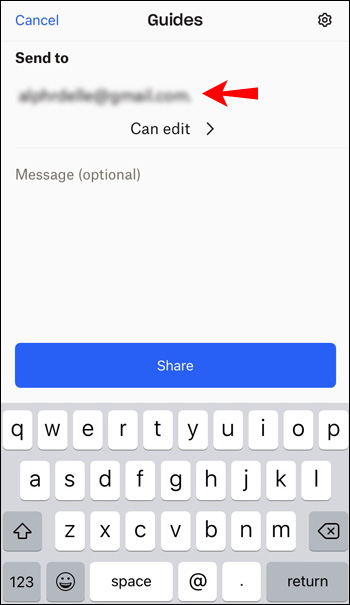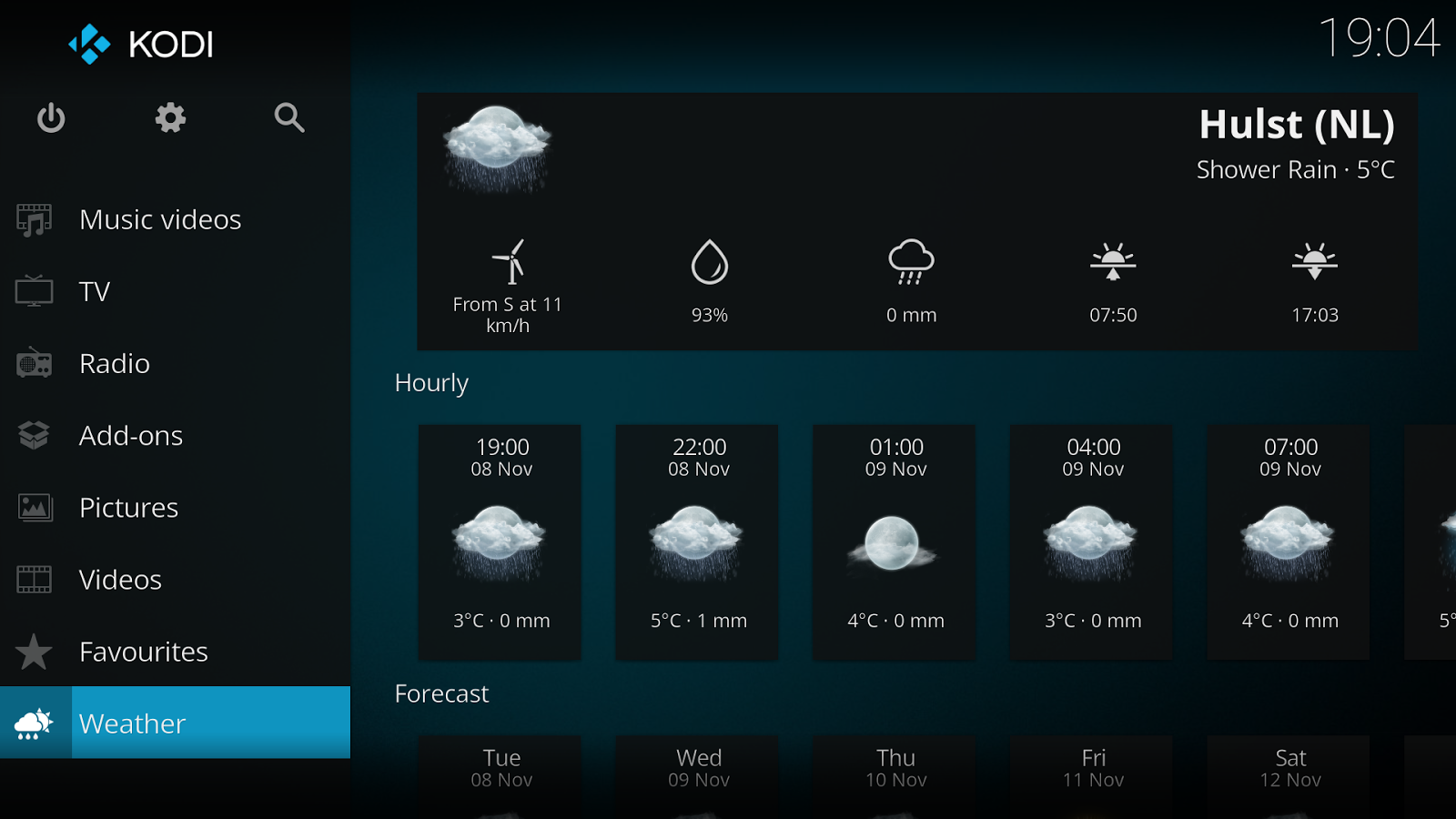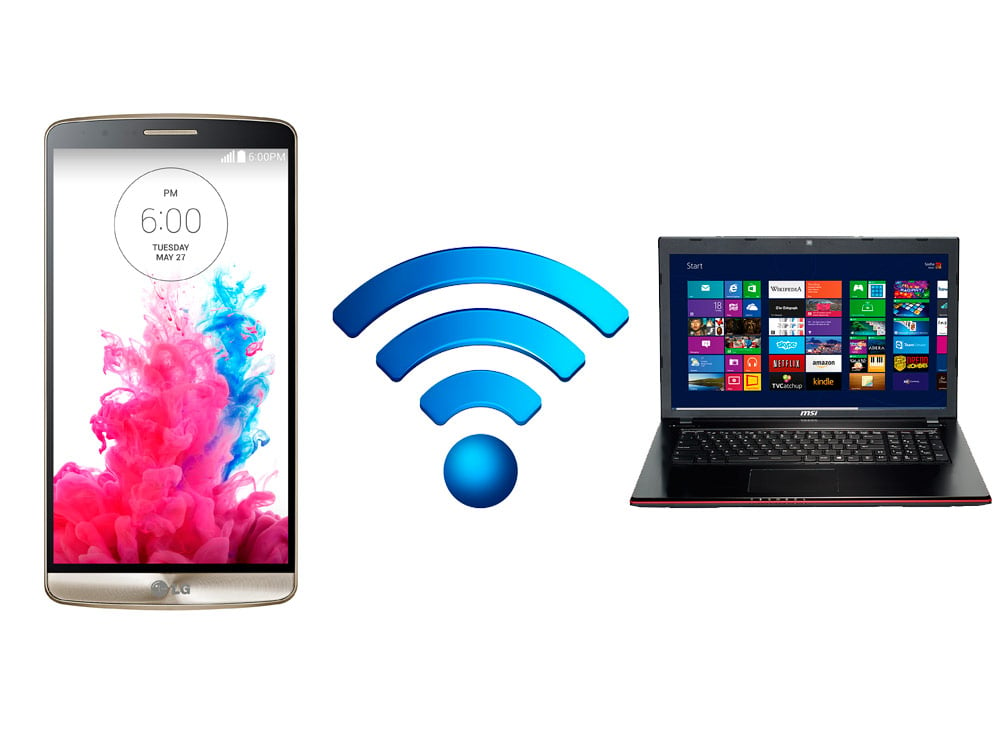Device Links
Are you having trouble sharing Dropbox files? Whether you want to share photos with your family and friends or work on a project with your coworkers, sharing files has become essential. Although it may seem complicated initially, we’re here to show you it’s not as difficult as it may first appear.
This article will teach you everything you need to know about sharing files in Dropbox across various platforms.
How to Share Dropbox Files From Your PC
Sharing Dropbox files from your PC is simple, and you can do it through the website or the desktop app.
How to Share Dropbox Files From Your PC Using the Website
One of the ways of sharing Dropbox files from your PC is by using the website. You can do this by following the steps below:
- Go to dropbox.com and log in.

- Tap “All files” on the left side of the screen.

- Find the file you want to share and tap the share icon.

- Choose if you want others to be able to edit or only view the files you shared.

- Add an email address or type the person’s name.

- You can also choose to create a link to share it with people by tapping “Copy link.”

- Press “Share file.”

How to Share Dropbox Files From Your PC Using the Desktop App
If you have the Dropbox desktop app on your computer, you can use it to share your files without opening the browser:
- Open the desktop app.

- Locate the file you want to share and right-click on it.

- Tap “Share.” Make sure there’s the Dropbox icon in front of it.

- Choose whether you want others to be able to edit or only view the files you shared.

- Direct the file share by adding an email address or typing the person’s name.

- Optionally, you can choose to create a share link by tapping “Create link.”

- Click “Share” to complete the process.

Sharing Dropbox files if you’re an iPhone user is simple, thanks to the Dropbox mobile app. If you want to use the app to share files, follow the steps below:
- Open the Dropbox app on your iPhone.

- Find the file you want to share and tap the three horizontal dots next to it.

- Tap “Share.”

- Type the email or the name of the people with whom you wish to share the file.

- You can also create a link to the file and share it via different networks if you want.

- Tap “Share file” when you’re ready to send it off.

Android users can install the Dropbox mobile app and enjoy sharing files in just a few taps. Follow the steps below to share your files through the Android app:
- Open the Dropbox app.

- Find the file you want to share.

- Tap the vertical three dots next to it.

- Tap “Share.”

- Type the email or the name of the person.

- You can also choose to copy a link and send it to the people of your choice by tapping “Copy link.”

- Tap “Share file.”

How to Share Multiple Files at Once in Dropbox
Unfortunately, sharing multiple files using the Dropbox website isn’t possible. Once you select the files, you can download, copy, move, or delete them, but you can’t share them.
The alternative is to create a folder with the files you want to share and then share that folder.
If you’re using the Dropbox desktop app, you can select multiple files and send them using the Transfer option:
- Open the Dropbox app.

- Select the files you want to send to someone.

- Select “Send with Dropbox Transfer.”

- Customize the transfer’s name and press “Create transfer.”

- Copy the transfer’s link and send it to the people you want to access the files.

If you have the Dropbox mobile app, you can’t share multiple files at once. For that purpose, you’ll have to create a separate folder, move the files you want to share to the folder, and then share it.
Take a look at the following section if you’re not sure how to share a whole folder.
How to Share an Entire Dropbox Folder
Sharing an entire Dropbox folder allows you to save time and gives your family, friends, or peers access to multiple files at once.
How to Share an Entire Dropbox Folder Through the Website
Sharing Dropbox folders through the website is a relatively simple process. You can do it by following the steps below:
- Go to dropbox.com and log in.

- Find the folder you want to share and hover over it.

- Select “Share.”

- Choose whether other people can edit or view the files in the folder.

- Add emails or names of the people you want to access the folder.

- You can also select “Copy link” and forward the folder’s link to others.

- Press the “Share folder” button to complete the process.

If you have the Dropbox desktop app installed, you can share folders with these steps:
- Open the Dropbox app.

- Find the folder you want to share and right-click on it.

- Press “Share.” Ensure there’s a Dropbox icon in front of it.

- Choose if you want others to edit or only view the files.

- Add email addresses or names of others to grant them access.

- Or, you can select the “Create link” option.

- Select “Share.”

How to Share an Entire Dropbox Folder From the iPhone or Android App
Sharing entire Dropbox folders is also possible using the mobile app. The steps are identical for both iPhone and Android users.
- Open the Dropbox mobile app.

- Find the folder you want to share and open it.

- Tap “Share” under the folder’s name.

- Add the email addresses or names of the people you want to add.

- Or, you can tap “Create a link.”

- Tap “Share.”

Additional FAQs
Can you share a Dropbox folder with anyone?
If someone wants to join a shared folder, they’ll need to have a Dropbox account. Since adding members to a folder syncs, all the files, joining one isn’t possible without an account.
When you invite someone to a shared folder, they can’t open it until they create an account or log in to an existing one.
If you want to share a folder with someone who doesn’t have an account, you can send them the folder’s link. Links function differently than shared access to a folder, and users without an account can view the files. However, keep in mind that the person can’t edit files with a shared link and no account.
Share the Fun With Dropbox
Learning how to share files is one of the essential skills you need to take advantage of Dropbox fully. If you want to share and edit files with others quickly, Dropbox is the way to go. Since it is available as a mobile app, Dropbox is the perfect way to store your files and access them anywhere.
In addition to sharing files, you can also share entire folders, even with people that don’t have an account.
Do you use the Dropbox share feature often? Which method do you find the most convenient for sharing? Tell us in the comments section below.
Disclaimer: Some pages on this site may include an affiliate link. This does not effect our editorial in any way.

























































